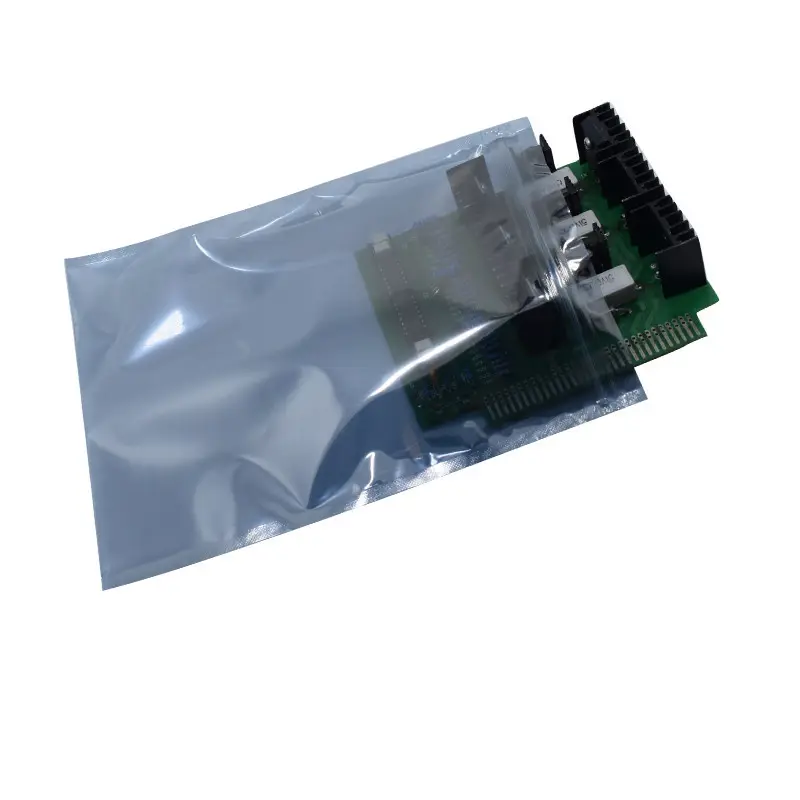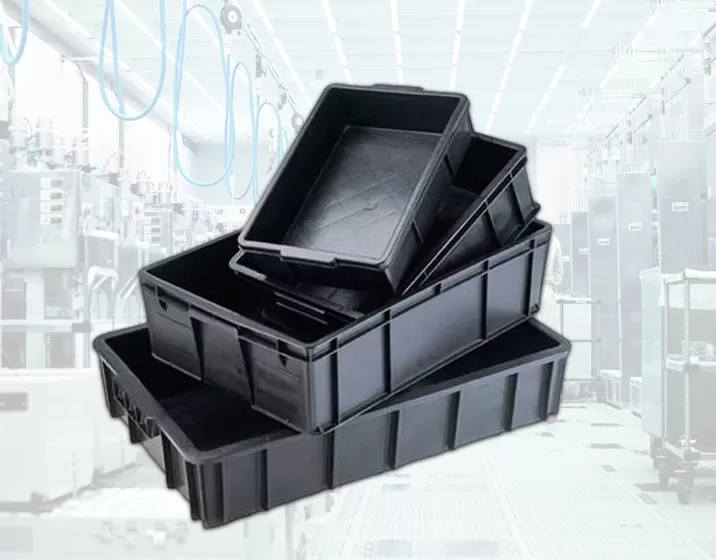Welcome to our comprehensive guide on ESD packaging! In today’s rapidly advancing technological landscape, Electrostatic Discharge (ESD) has become a significant concern. It poses a threat to sensitive electronic components, potentially leading to malfunctions or permanent damage. Therefore, it is crucial to understand the importance of proper ESD packaging and take proactive measures to mitigate these risks.
What is ESD Packaging?
ESD packaging refers to the specialized materials and techniques used to protect electronic devices, components, and assemblies from Electrostatic Discharge. It involves creating a controlled environment that minimizes static electricity, preventing its harmful effects on sensitive equipment.
The Importance of ESD Packaging
1. Protection against Electrostatic Discharge
Electrostatic Discharge can cause catastrophic failures in electronic components. ESD packaging serves as a barrier, dissipating and neutralizing static charges to prevent damage during handling, transportation, and storage. By implementing proper ESD packaging, you can ensure the integrity and reliability of your sensitive electronic devices.
2. Compliance with Industry Standards
Many industries, such as aerospace, automotive, medical, and electronics, have established strict guidelines and standards for ESD control. Adhering to these standards not only guarantees the safety and quality of your products but also ensures compliance with legal and regulatory requirements. It instills confidence in your customers and partners, enhancing your reputation in the market.
3. Cost Savings
Investing in ESD packaging solutions can lead to significant cost savings in the long run. By preventing ESD-related failures, you avoid expensive repairs, replacements, and potential legal liabilities. Additionally, ESD packaging minimizes the risk of product recalls, customer complaints, and damage to your brand image. Ultimately, it contributes to improved productivity and profitability.
Types of ESD Packaging
There are several types of ESD packaging available, each designed for specific applications and requirements. Let’s explore some commonly used ESD packaging solutions:
1. ESD Bags
ESD bags, also known as anti-static bags, are a popular choice for storing and transporting electronic components. These bags are made of materials with low surface resistance, effectively preventing the buildup of static charges. They provide both physical protection and ESD shielding, safeguarding the contents from external influences.
2. ESD Trays
ESD trays are rigid containers used to hold and organize electronic components, ensuring their safe transportation and storage. These trays are constructed from conductive or dissipative materials, offering protection against static electricity. ESD trays are available in various sizes and configurations to accommodate different component shapes and sizes.
3. ESD Boxes and Containers
ESD boxes and containers are ideal for protecting larger electronic assemblies or equipment during transit or long-term storage. These containers are designed to provide both ESD protection and physical impact resistance. They often feature foam inserts or cushioning materials to further safeguard the contents from shock and vibration.
4. ESD Foam Packaging
ESD foam packaging is commonly used for delicate electronic devices or assemblies that require additional cushioning. This type of packaging utilizes specialized foam materials with anti-static properties. The foam absorbs shock, protects against ESD, and prevents movement within the package, reducing the risk of damage during shipping.
ESD labels and tapes play a crucial role in identifying ESD-sensitive items and providing handling instructions. These labels and tapes are designed with ESD properties, ensuring that they do not generate or retain static charges. They are commonly used for marking ESD-safe zones, equipment, or packaging.
Best Practices for ESD Packaging
Here are some guidelines to consider:
- Proper Grounding: Ensure that all personnel, workstations, and equipment involved in ESD-sensitive processes are properly grounded. Grounding prevents the buildup of static charges and allows for their safe dissipation.
- ESD Protective Workstations: Designate specific areas as ESD-safe zones by using appropriate flooring materials, grounded workbenches, and anti-static mats. Implement ESD control measures, such as wrist straps, heel straps, and grounding cords, to protect against static discharge.
- Humidity Control: Maintain adequate humidity levels in ESD-controlled environments. Higher humidity helps to dissipate static charges more effectively, reducing the risk of ESD-related failures.
- Proper Handling and Transportation: Train personnel on proper handling techniques for ESD-sensitive items. Utilize ESD-safe tools, such as grounded tweezers and gloves, to minimize direct contact with components. When transporting ESD-sensitive materials, ensure they are securely packaged in appropriate ESD containers.
- Regular Audits and Testing: Conduct routine audits and testing of ESD control measures to verify their effectiveness. Test packaging materials and equipment regularly to ensure they meet industry standards and specifications.
In conclusion, ESD packaging plays a vital role in safeguarding sensitive electronic components from the damaging effects of Electrostatic Discharge. By implementing the right packaging solutions and adhering to industry best practices, you can ensure the safety, reliability, and longevity of your electronic devices.
Related Products
continue reading










